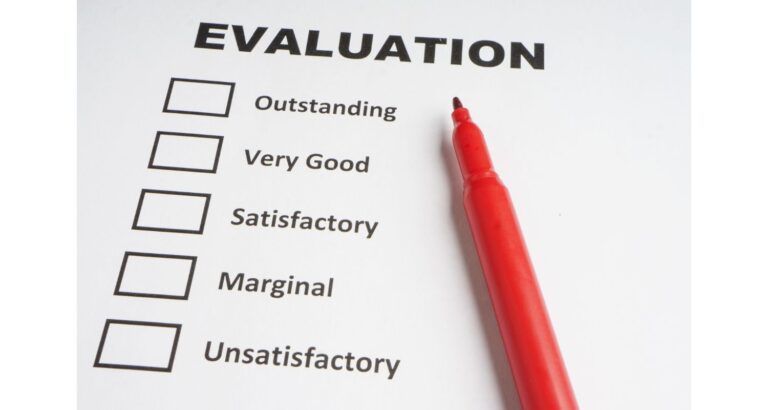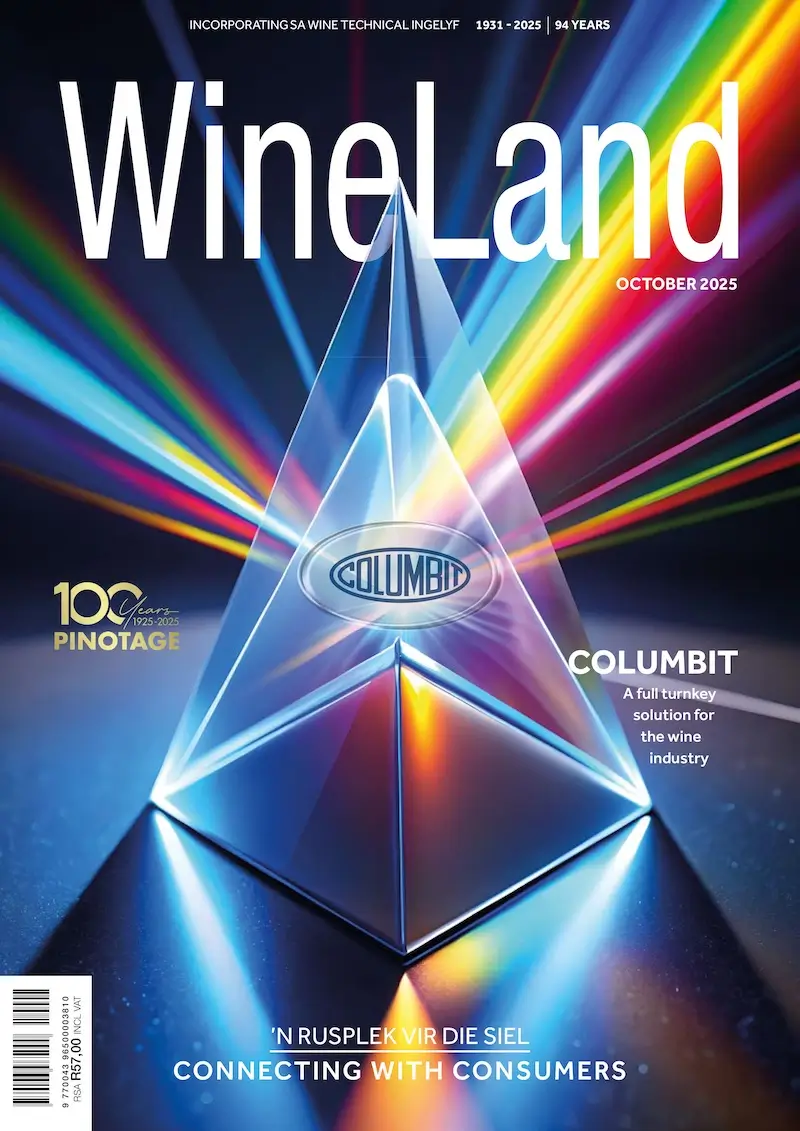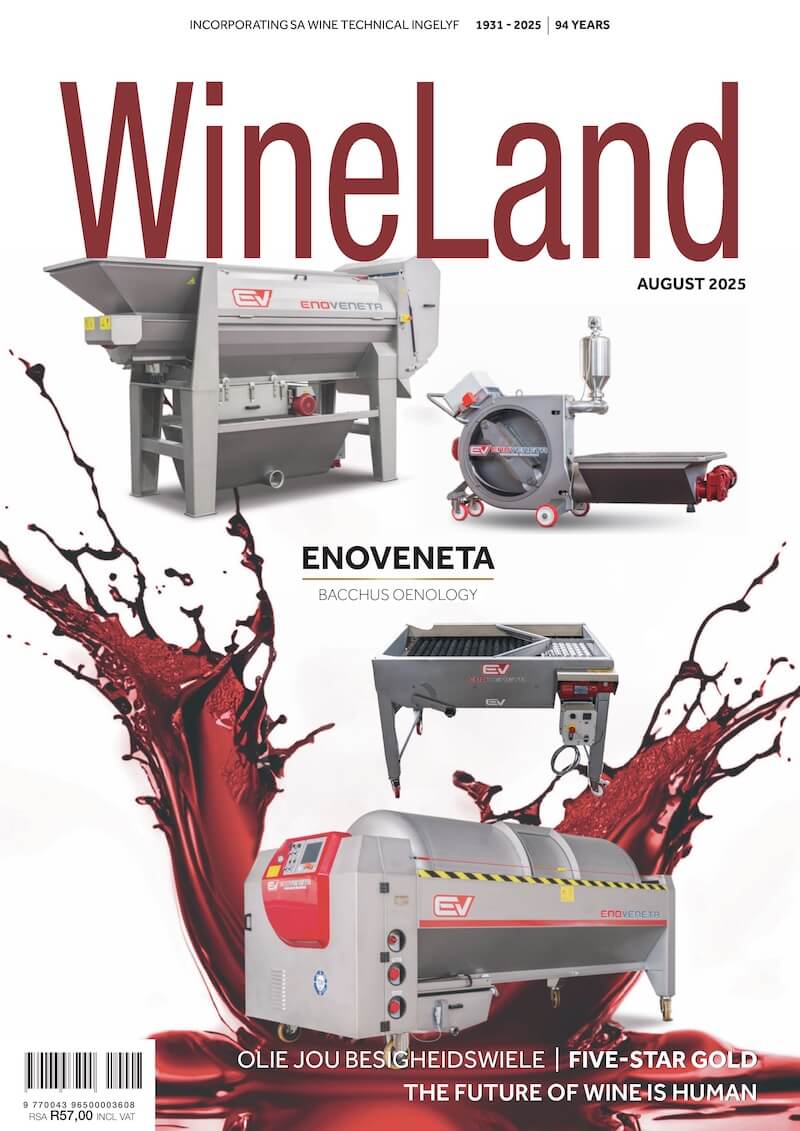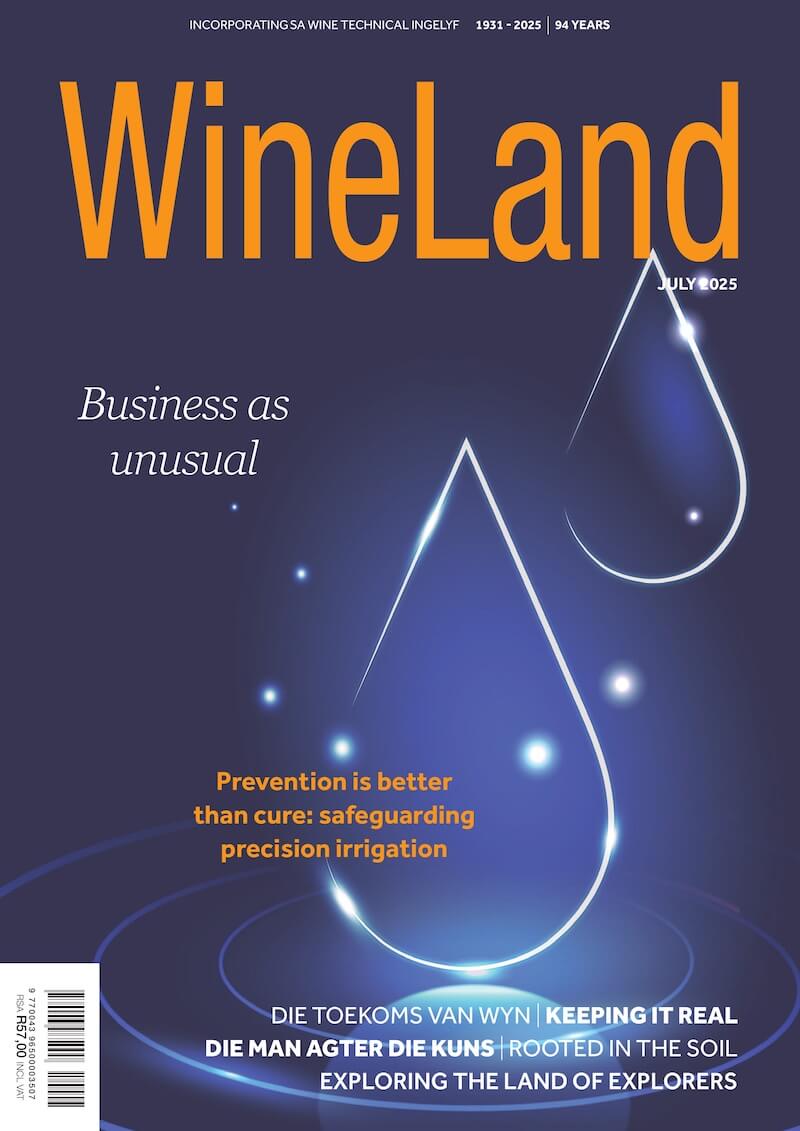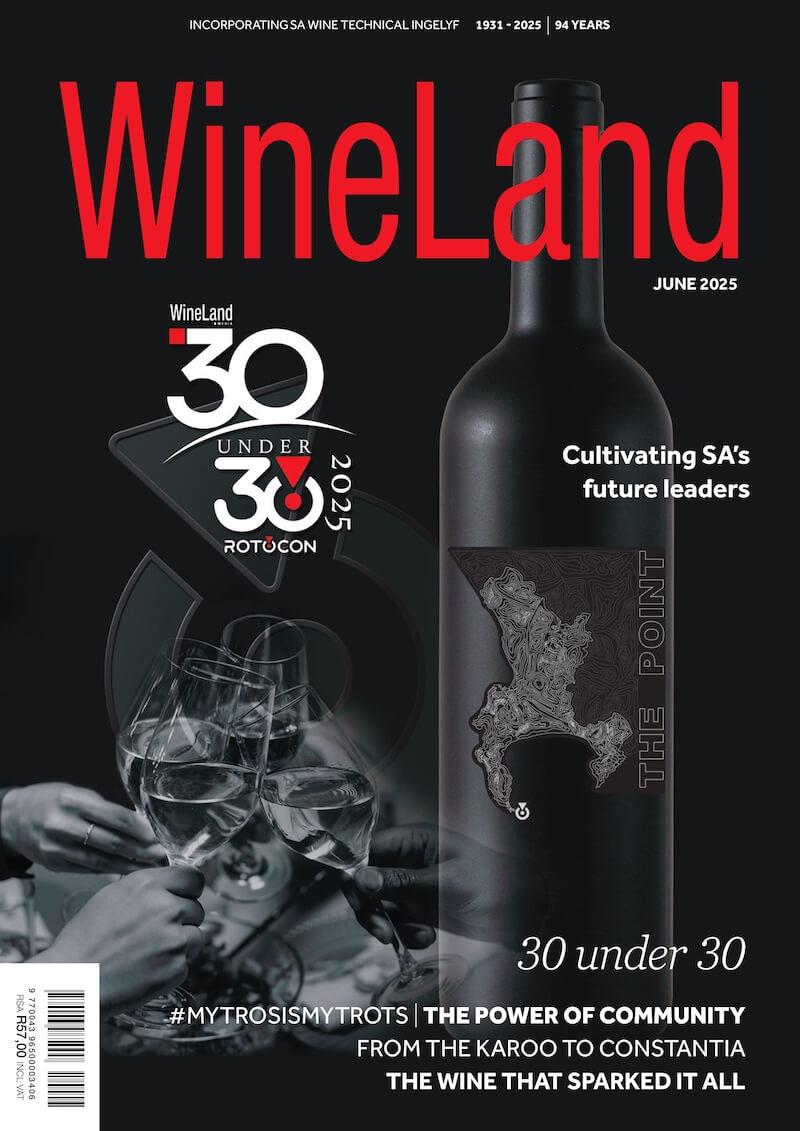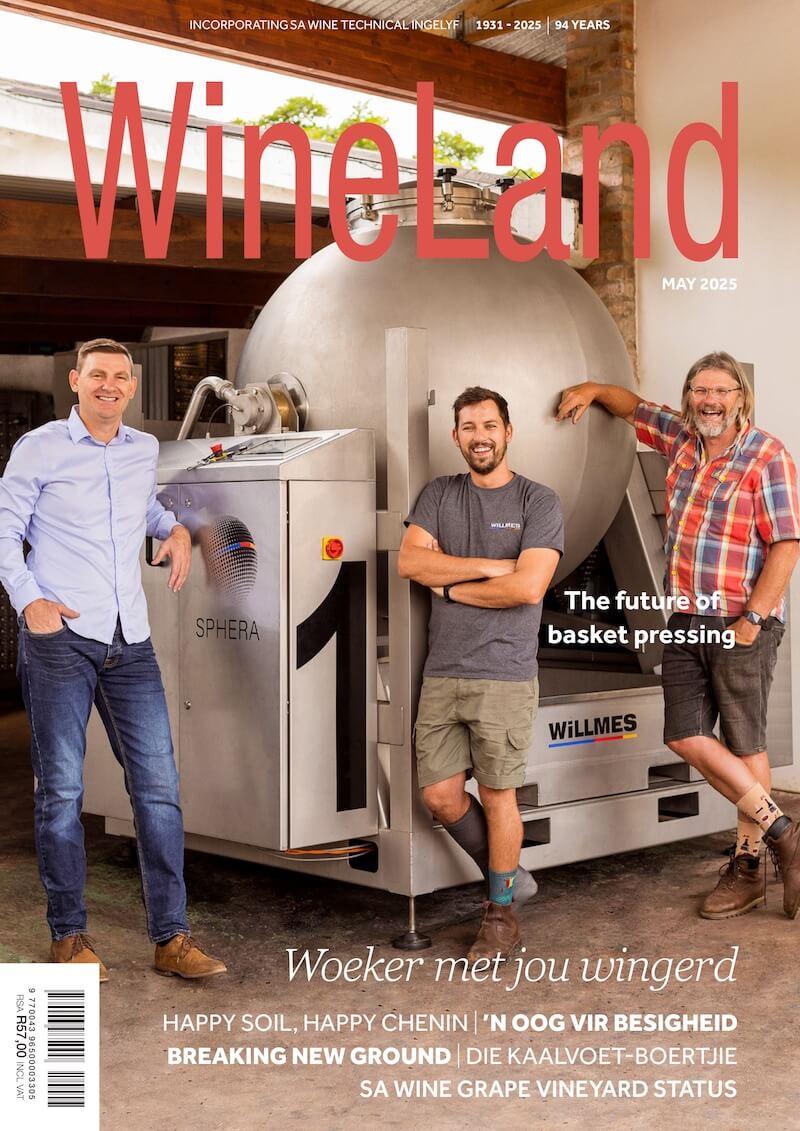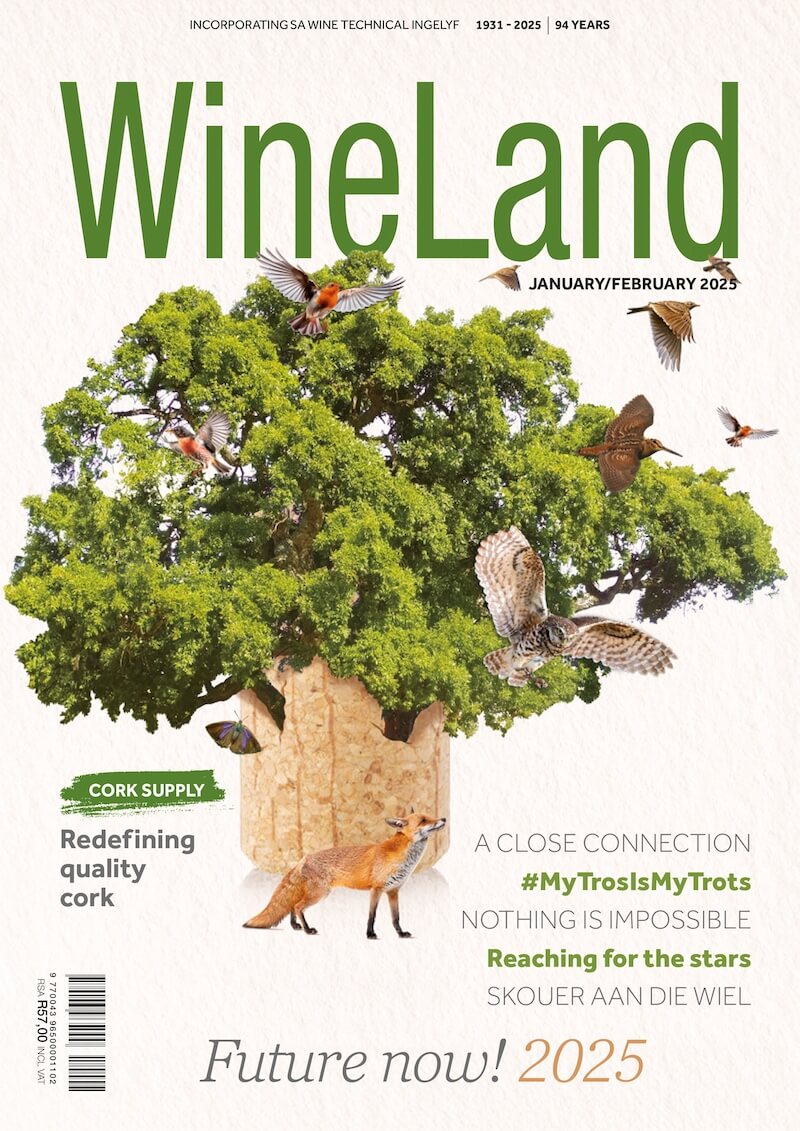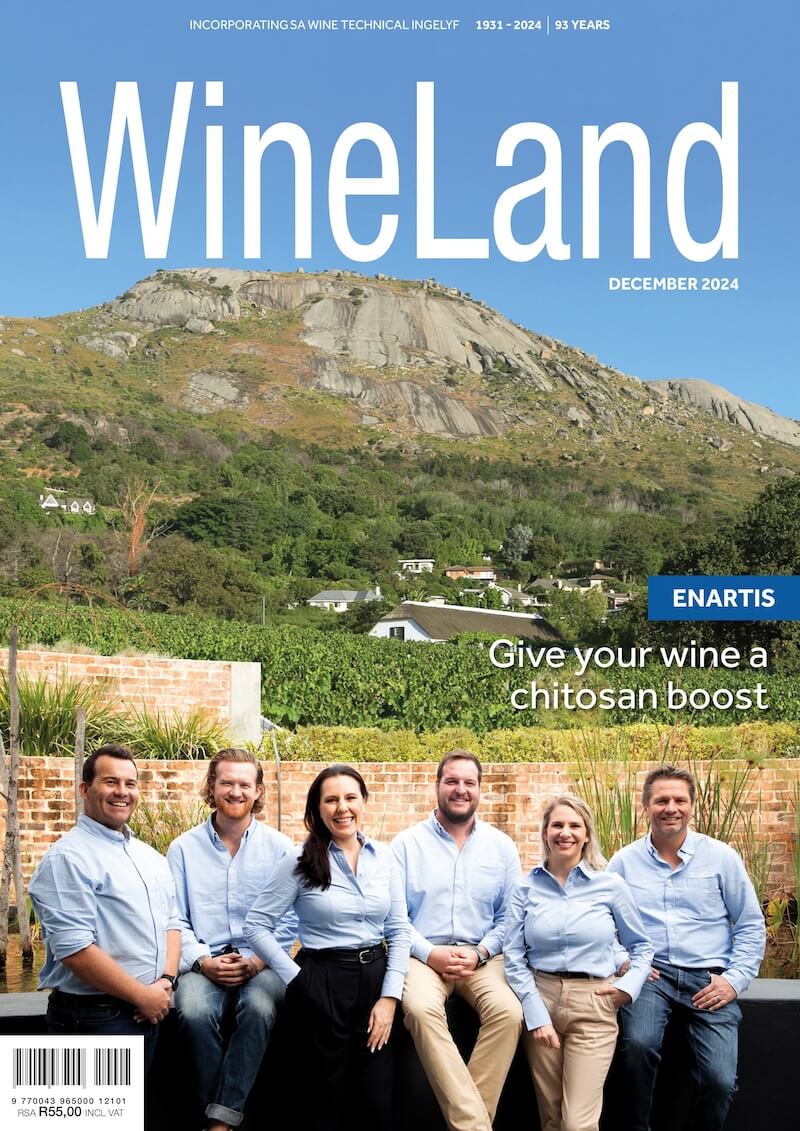 Understanding Confronting Climate Change
Understanding Confronting Climate Change
Confronting Climate Change (CCC) is a carbon footprinting initiative that was developed to support the agricultural sector, specifically agri-businesses. The initiative was conceptualised in 2008 and has developed exponentially since that date. Born out of the need to address the challenges posed by climate change and carbon emissions, CCC focuses on identifying and responding to the risks and opportunities associated with carbon emissions. The initiative has grown immensely over the years; there have been more than 2 000 product carbon footprints calculated since 2008, there are more than 20 supported commodities in the tool, and more than 10 megatonnes of CO2e reported. The CCC reports can be used for IPW, SIZA, Woolworths Farming for the Future, and utilised in informing energy management and carbon reduction plans. This multifaceted initiative offers an online carbon-footprinting platform, industry benchmark reports, regular engagement workshops and support throughout, providing a comprehensive approach to sustainability in agriculture.
What value does CCC offer?
A CCC license provides more than access to a carbon calculator. It offers a full-service approach that supports users from data collection through to sustainability recognition. Key benefits include:
Expert support
Users have access to a team of sustainability experts from Monday to Friday (08:00 – 16:00 SAST), who assist with data gathering, guidance and input at no additional cost. This ensures users are supported by professionals familiar with carbon accounting and sustainability standards.
Data quality review
Once data is entered into the tool, the CCC team performs a thorough review and grading. This step helps identify any errors or gaps to ensure that the carbon footprint results are both accurate and credible.
Comprehensive reporting
Users receive a detailed carbon footprint report featuring benchmarks and results that can inform emission reduction strategies and improve operational management.
Carbon Heroes recognition
Businesses can opt to be featured on the Carbon Heroes website (www.carbonheroes.co.za) and receive a unique QR code linking to their profile. This enables them to publicly share their carbon or sustainability journey with customers, buyers and global partners.
Education and awareness raising
Producers can maximise CCC benefits by attending CCC training, which helps users accurately complete data fields and interpret reports for actionable carbon reduction strategies.
Methodology behind the CCC calculator
CCC’s product carbon footprint (PCF) tool is developed using internationally recognised carbon accounting frameworks, including:
- GHG Protocol Corporate Standard.
- ISO 14064:1.
- PAS 2050:2011 and PAS 2050-1:2012.
- International Wine Carbon Calculator Protocol.
This robust methodology ensures that the results are credible and aligned with global reporting standards.
Understanding the terminology: PCF, CCF and LCA
PCF (Product Carbon Footprint)
Focuses on greenhouse gas emissions linked to a single product’s lifecycle (typically cradle-to-gate). This is the focus of CCC.
CCF (Corporate Carbon Footprint)
Calculates GHG emissions from all business operations. It is useful for strategic planning, regulatory compliance (e.g., CSRD) and target-setting.
LCA (Life Cycle Assessment)
A broader environmental assessment measuring various impacts (e.g., water use, biodiversity and human health).
While valuable, LCAs are typically more resource-intensive. An initial LCA can serve as a baseline, with regular PCFs used for ongoing monitoring.
Together, PCFs and CCFs allow businesses to holistically assess their climate impact, meet legal obligations, and align with buyer expectations under frameworks like the EU Green Deal or PEF.
Emission factors and local relevance
CCC updates its emission factors annually – or more often if needed – based on the latest available data. These factors are sourced from reputable databases such as Defra, Ecoinvent, and peer-reviewed scientific research.
Where applicable, local emission factors are used. For example, South African businesses use Eskom’s emission factor for grid electricity, Consol’s factor for locally purchased glass, and up-to-date LCA data for certain packaging materials.
Scope 1, 2 and 3 emissions in CCC
While the classification of emissions into Scope 1, 2 and 3 is more commonly associated with corporate carbon footprinting, CCC also applies this framework to product-level emissions. Therefore, CCC categorises emissions into Scope 1, 2 and 3 in its reports:
Scope 1: Direct emissions from owned or controlled sources (e.g., fuel used on-site).
Scope 2: Indirect emissions from purchased electricity (e.g., Eskom power).
Scope 3: Other indirect emissions related to product production (e.g., contractor fuel use).
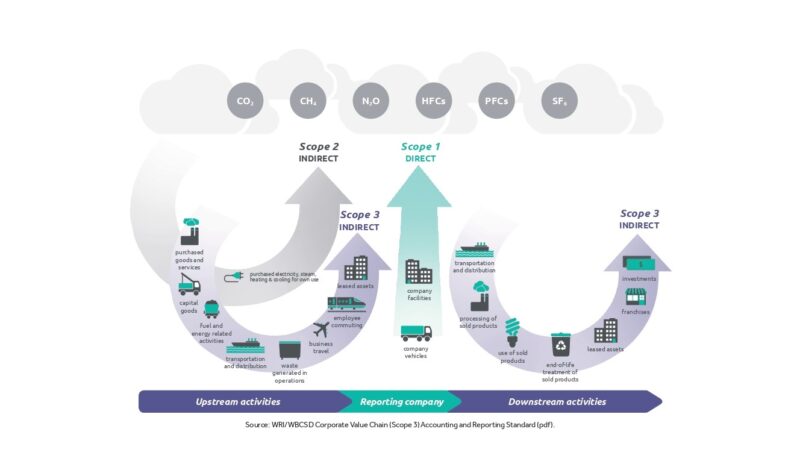
Source: WRI/WBCSD Corporate Value Chain (Scope 3) Accounting and Reporting Standard (pdf).
It is important to note that in CCC, only emissions directly related to the production of the commodity are included in Scope 1, 2 and 3 emissions reported.
Cost and licensing structure
To use CCC’s online tool, businesses must purchase a license per carbon footprint calculation. However, the license is flexible, covering a farm, winery, packhouse, cold store and/or distribution as one business unit, multiple commodities and multiple farms (if these farms are managed similarly and located near each other). This allows businesses to model their operations cost-effectively under a single license.
With the purchase of a CCC license, you will receive the following:
- A detailed carbon footprint report that will assist with market access and help your business to transition to a lower carbon emission intensity.
- A review of your data to identify gaps or errors and to help you get to an accurate and highly credible result.
- Readiness for audit requirements such as SIZA, IPW, etc.
- Internationally accepted methodology for your carbon footprint.
- Country-specific emission factors, where available.
- Benchmark values (regional averages) for your commodity to compare with others in your region.
- Excel monthly data collection tool.
- Expert and technical support.
Available commodities
While the CCC tool takes a similar approach to other publicly available footprinting tools, it has the added advantage of being specifically developed to calculate emissions related to the production of perennial crops. CCC includes a list of predefined commodities to select from, particularly those relevant to the fruit and wine sectors. These come with benchmark (regional averages) data. Users can also add any additional custom commodities, but benchmarks will not be available for these.
CCC Sense Check Process and report gradings
A unique aspect of CCC is its Sense Check Process, which allows users to request a review after data has been entered and calculated. This step ensures correct data entry and logical/reliable calculation outputs.
This quality assurance step is not typically offered by other online calculators and greatly enhances the credibility of CCC results. Once your dataset has undergone a sense check, it will be graded. In CCC, there are three grading types, namely B1, B2 and C. The B grading means that the dataset has been checked by the CCC technical team and that it can be accepted as a complete carbon footprint report. We distinguish between B1 and B2, because B2 is for unusual datasets that we do not want to form part of the benchmarks; otherwise, it will skew the benchmarks. The C grading is the default grading in the tool, and this means that your dataset has not undergone the sense check process and cannot be accepted as a completed carbon footprint.
Why choose the CCC Carbon Footprint Calculator
While there are various carbon footprint calculators available globally, CCC offers several key advantages:
- Designed specifically for the South African fruit and wine industries, the tool also allows users to select other countries, automatically applying the relevant country-specific emission factors. Inclusion of commodity-specific regional average benchmarks.
- Comprehensive data review and expert support.
- Recognition opportunities via Carbon Heroes.
- Ongoing tool updates and user training.
CCC provides a guided approach to calculating your carbon footprint, ensuring you learn through the process while delivering a credible, trusted result.
Conclusion
CCC is more than just a calculator – it’s a partner in sustainability for South African and worldwide producers. With comprehensive tools, credible methods, expert guidance and industry recognition, CCC helps businesses not only measure, but also actively manage and reduce their carbon footprint.
For more information or to get started, visit www.climatefruitandwine.co.za or refer to CCC’s supporting documents.
If you would like to know more about any of the topics discussed in this article or book a workshop, please contact the CCC team at support@bluenorth.co.za or 063 688 5593.
All rights reserved by Blue North Sustainability; permission required for reprint.
Click here to get your copy of WineLand Magazine.
 Understanding Confronting Climate Change
Understanding Confronting Climate Change

